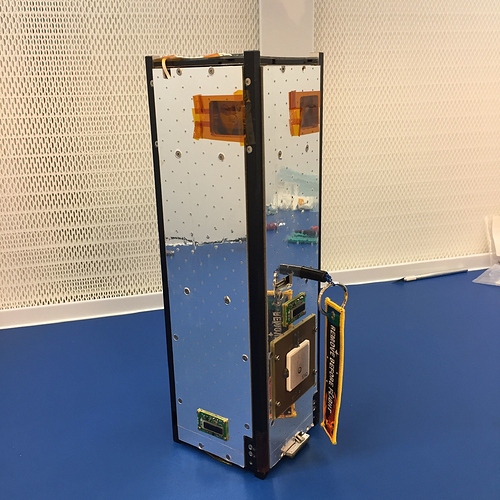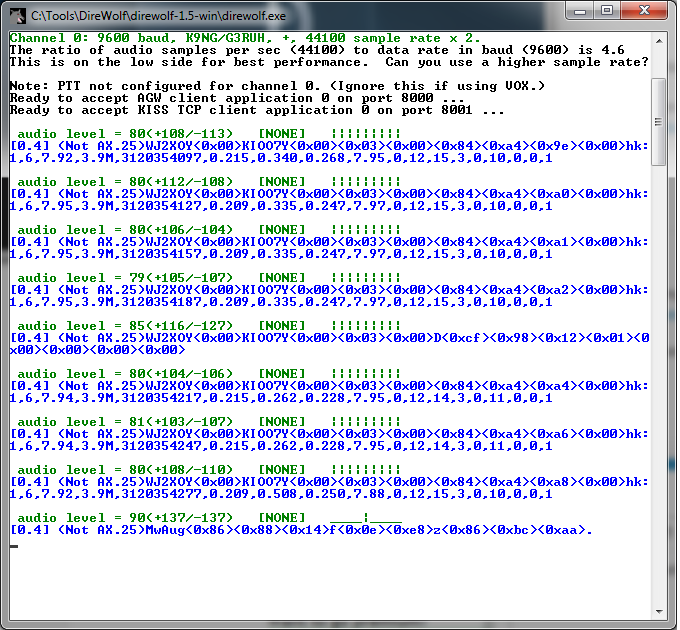Hello, everyone!
In less than a week, the Phoenix CubeSat will be deploying from the ISS to begin the operations phase! Phoenix will deploy at 8:30 UTC on February 12, 2020.
Phoenix is a 3U CubeSat developed by Arizona State University to study the effects of Urban Heat Islands through infrared remote sensing. Following deployment, our operations team would appreciate as much help as possible with identifying the spacecraft and verifying that it is operational.
Information on Phoenix’s transceiver characteristics, AX.25 addressing, and instructions on how to decode housekeeping packets from the spacecraft can be found on our project website: Phoenix CubeSat
In addition, I would also like to call special attention to the fact that two CubeSats being deployed on this date operate on the same frequency. Both Phoenix and QARMAN share the frequency of 437.35 MHz and utilize an AX.25 9600 baud protocol with GMSK modulation. Both CubeSats will also be deployed within 1.5hrs of each other and expect to be close to each other in orbit. If you are listening for Phoenix’s or QARMAN’s packets, please be mindful of this coincidence. If you have any questions or concerns, please feel free to reach out!
For more information on QARMAN, please see the post made by @amandine_on4eya here:


